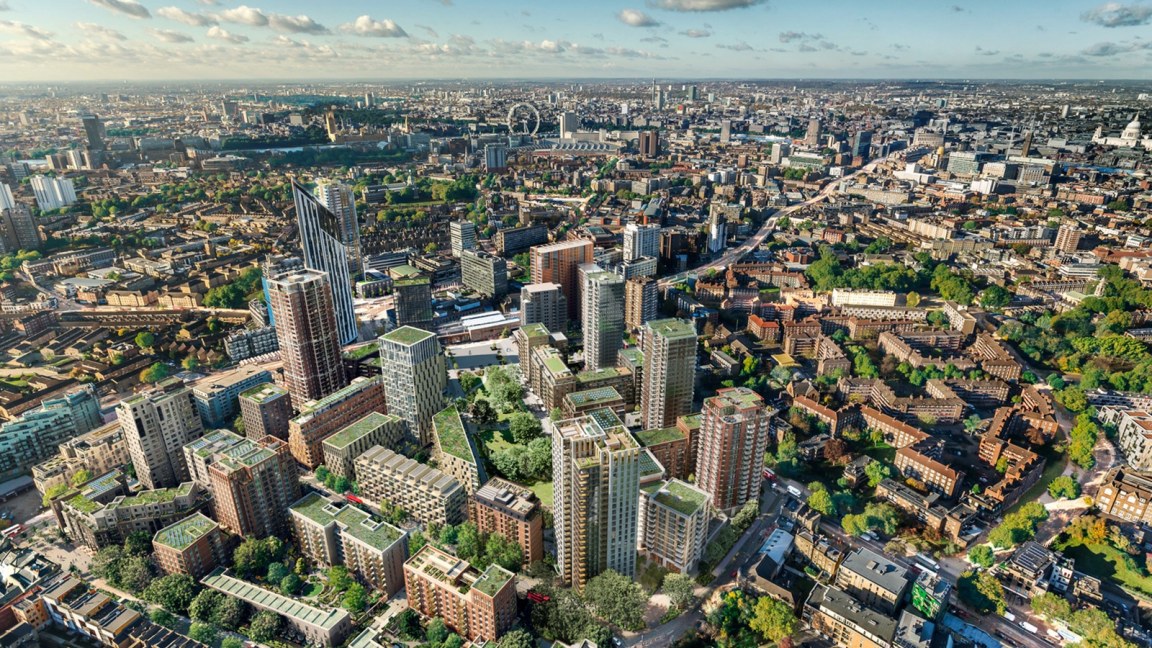HTA's summary of the Autumn Budget
The chancellor published the Autumn Budget yesterday. Central Government’s sense of urgency to tackle the housing crisis is reiterated in this year’s budget. However, the government is still overly focussed on home ownership rather than market or social rent and the issue of affordability. This ongoing blind spot is very concerning when we look at where delivery of homes at scale quality and speed is coming from. That said the removal of the Housing Revenue Account (HRA) borrowing cap for local councils is welcomed what else does this year’s budget have in store for our sector?
Housing
- A new five-year strategic business plan for Homes England to be published on 30 October 2018.
- The government will respond to the Letwin Review in full in February 2019. The review found no evidence that speculative land banking is part of the business model for major house builders, nor that this is a driver of slow build out rates. The review concluded that greater differentiation in the types and tenures of housing delivered on large sites would increase the market absorption rates of new homes.
- Strategic housing deals. The government will make £10 million of capacity funding available to support ambitious housing deals with authorities in areas of high housing demand to deliver above their Local Housing Need.
- Additional funding announced includes
- the Housing Infrastructure Fund, funded by the NPIF, will increase by £500 million to a total £5.5 billion, unlocking up to 650,000 new homes
- £291 million from the Housing Infrastructure Fund, funded by the NPIF, to unlock 18,000 new homes in East London through improvements to the Docklands Light Railway
- the British Business Bank will deliver a new scheme providing guarantees to support up to £1 billion of lending to SME housebuilders
- providing £653 million to 2021-22 for strategic partnerships with nine housing associations to deliver over 13,000 homes
- £75 million from the Home Building Fund for St Modwen plc, to fund infrastructure to build over 13,000 new homes
- the Housing Revenue Account cap that controls local authority borrowing for house building will be abolished from 29 October 2018 in England, enabling councils to increase house building to around 10,000 homes per year
- Funding to empower neighbourhoods to allocate or permission land for discount housing for local people in perpetuity. £8.5 million of resource support so that up to 500 parishes can allocate or permission land for homes sold at a discount.
Planning Reforms
- A consultation on new permitted development rights to allow upwards extensions above commercial premises and residential properties, including blocks of flats, and to allow commercial buildings to be demolished and replaced with homes.
CIL Reforms – Land value
- Introducing a simpler system of developer contributions that provides more certainty for developers and local authorities, while enabling local areas to capture a greater share of uplift in land values for infrastructure and affordable housing.
- Setting a higher zonal Community Infrastructure Levy in areas of high land value uplift and removing all restrictions on Section 106 pooling towards a single piece of infrastructure.
- Introducing a Strategic Infrastructure Tariff for Combined Authorities and joint planning committees with strategic planning powers.
High Streets (#Supurbia)
If Britain’s high streets are to remain at centre of our community life, then they need to adapt. In recognition of this there are also a number of budget announcements to support this:
- £675m Future High Streets Fund
- to support local areas to develop and fund plans to make their high streets and town centres fit for the future, to invest in town centre infrastructure, including increased access to high streets and support redevelopment and densification around high streets
- includes £55 million for heritage-based regeneration, restoring historic high streets to boost retail and bring properties back into use as homes, offices and cultural venues.
- establish a new High Streets Taskforce to disseminate best practice among local leaders.
- £1.5 billion to support local high streets including 1/3rd off businesses rates for small retailers
- The government will consult on how the modernisation of planning rules (Use Class Order in particular) can facilitate the transformation of the high streets. This includes more flexible and responsive ‘change of use’ regime with new Permitted Development Rights that make it easier to establish new mixed-use business models on the high street. It will also trial a register of empty shops with selected local authorities, and trial a brokerage service to connect community groups to empty shops.










